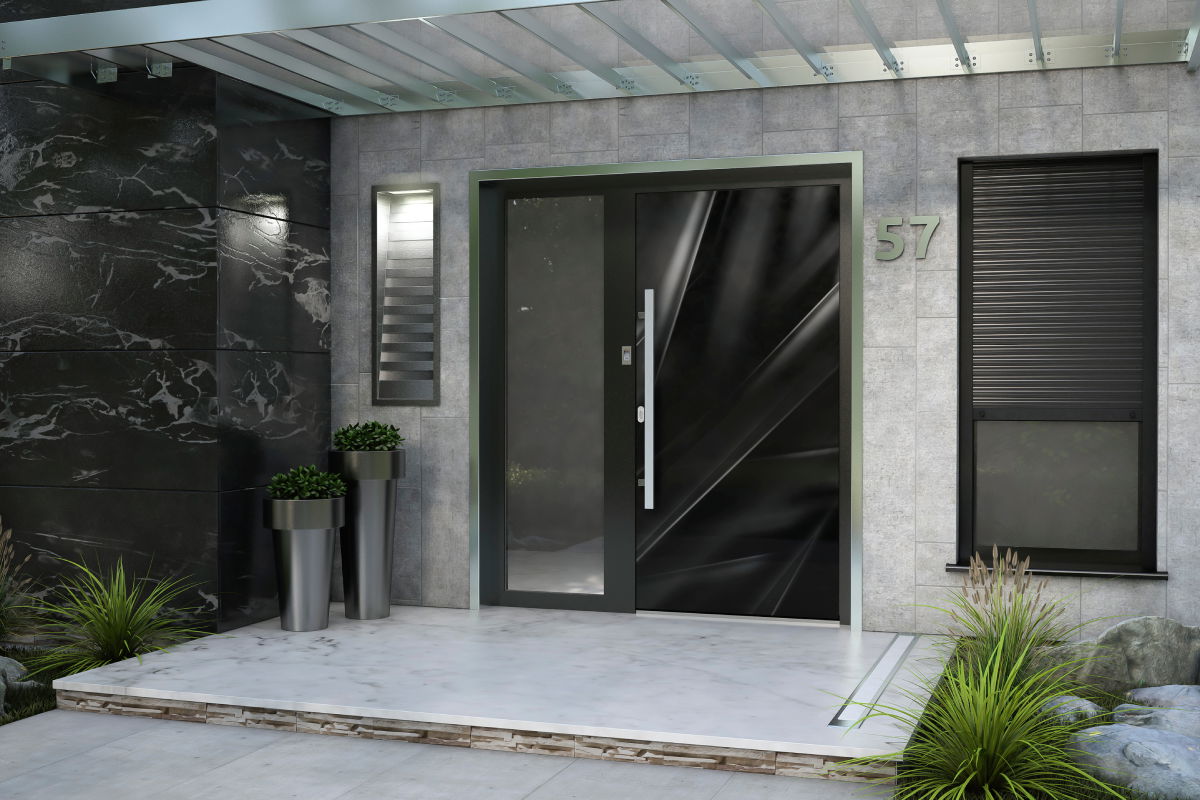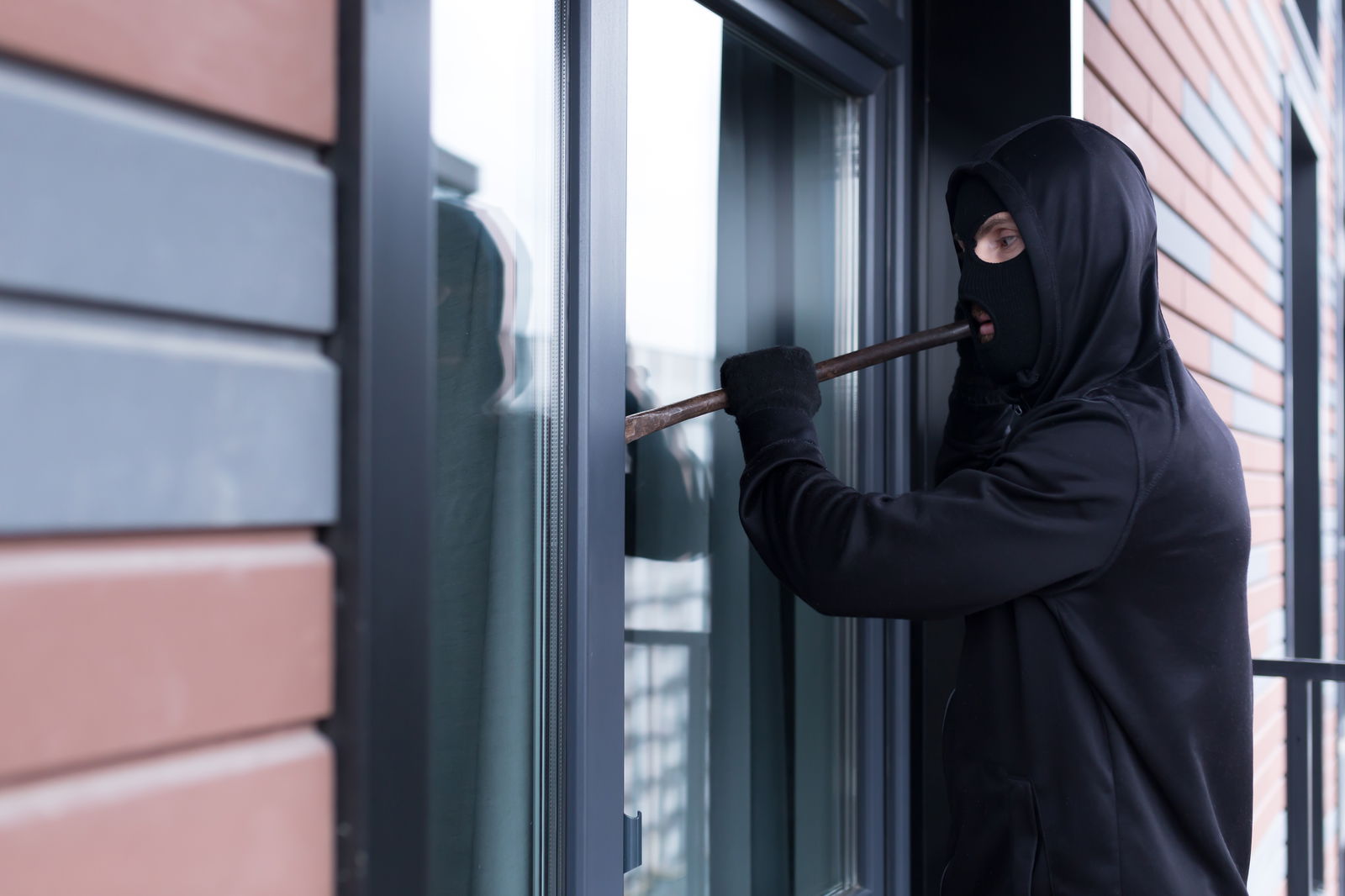Why Professional Installation Really Matters
AT-ECO is a FENSA-registered company for replacement windows and doors. Our experienced installation teams work to ensure compliance with relevant UK Building Regulations, including ventilation, safety glazing, and energy efficiency. For new builds, extensions, or installations involving size alterations, we advise and install in accordance with Building Control requirements.
While we are not structural or acoustic consultants, our installation process ensures that the windows and doors we supply are integrated properly with a building’s thermal envelope. We use approved materials and follow manufacturer guidelines to minimise risks like thermal bridging or water ingress.
Real-World Insight: In a recent project near London, we were called to rectify draught issues on a home where windows had been incorrectly sized and poorly sealed. Our remedial work restored airtightness and improved the EPC rating.
Tools and Precision Techniques
We use professional equipment and materials including laser levels, low-expansion foam, EPDM membranes, and high-spec expanding tapes like ISO-BLOCO ONE. For large or heavy glazing, our teams use lifting equipment and glazing robots to ensure safe and accurate placement.
- Precise frame placement with proper expansion gaps
- Structural anchoring with mechanical fixings—not just foam
- EPDM membranes and aluminium sills to direct water away from the frame
- Proper sealing techniques to prevent air and water ingress
Choosing the Right Materials: Foam Tape vs. Silicone
Expanding foam tape is now considered the gold standard for long-term window sealing. We use it on projects requiring airtight performance, particularly for triple glazing and low-energy homes.
Expanding Foam Tape (e.g. ISO-BLOCO ONE):
- UV and weather resistant
- Allows vapour diffusion while sealing against rain
- Acoustic and thermal insulation across the full joint depth
Silicone:
- Suitable for small joints or interior trim
- Prone to degradation, cracking, and reduced elasticity over time
Tip: In high-exposure areas or south-facing elevations, foam tape provides a longer-lasting, more effective seal.
Airtightness and Moisture Control
Incorrect installation can trap moisture inside walls or allow heat to escape. Our standard process includes a layered sealing approach:
- External weather resistance (e.g. EPDM membranes)
- Middle insulation (e.g. low-expansion foam)
- Internal seal for air tightness
Note: While we ensure a proper seal at the window perimeter, airtightness of the wider building envelope remains the responsibility of the architect or main contractor.
Real-World Case Study: In a recent project near Westerham, we were called to rectify draught issues on a home where windows had been incorrectly sized and poorly sealed. Our remedial work restored airtightness and improved the EPC rating.
Certified Products and Installation
We select products with independent certification such as:
- ISO-BLOCO ONE (BBA approved)
- EPDM membranes tested to withstand 600Pa wind resistance
- Low-expansion foam fillers designed for thermal performance
We do not offer building envelope modelling or smart home integration, but our installation work aligns with best practice and our partner brand guidelines.
FAQs
Q: Can I install windows or doors myself?
A: While possible, DIY installs often lack the precision, materials, or compliance required for performance and legal sign-off. Poor installation may also void manufacturer warranties.
Q: What’s the lifespan of expanding foam tape vs. silicone?
A: Foam tape like ISO-BLOCO lasts 15–20 years or more. Silicone often starts to fail within 5–7 years depending on conditions.
Q: Does triple glazing require special installation?
A: Yes. The additional weight and tight tolerances of triple glazing demand specific techniques to ensure airtightness, secure fixing, and long-term stability.
Conclusion: Get It Right from the Start
At AT-ECO, we don’t just supply high-performance windows and doors from brands like Internorm, Drutex, Reynaers, Schüco, and Uniform—we install them with precision and care. Our certified teams use trusted methods, materials, and tools to ensure every window performs as intended.
Whether you're building new or replacing existing units, investing in professional installation means fewer problems, better performance, and long-term peace of mind.
































